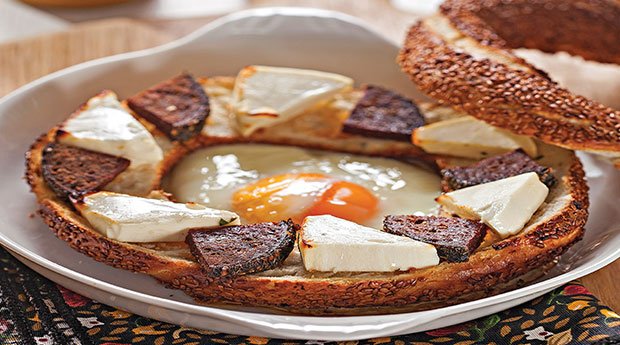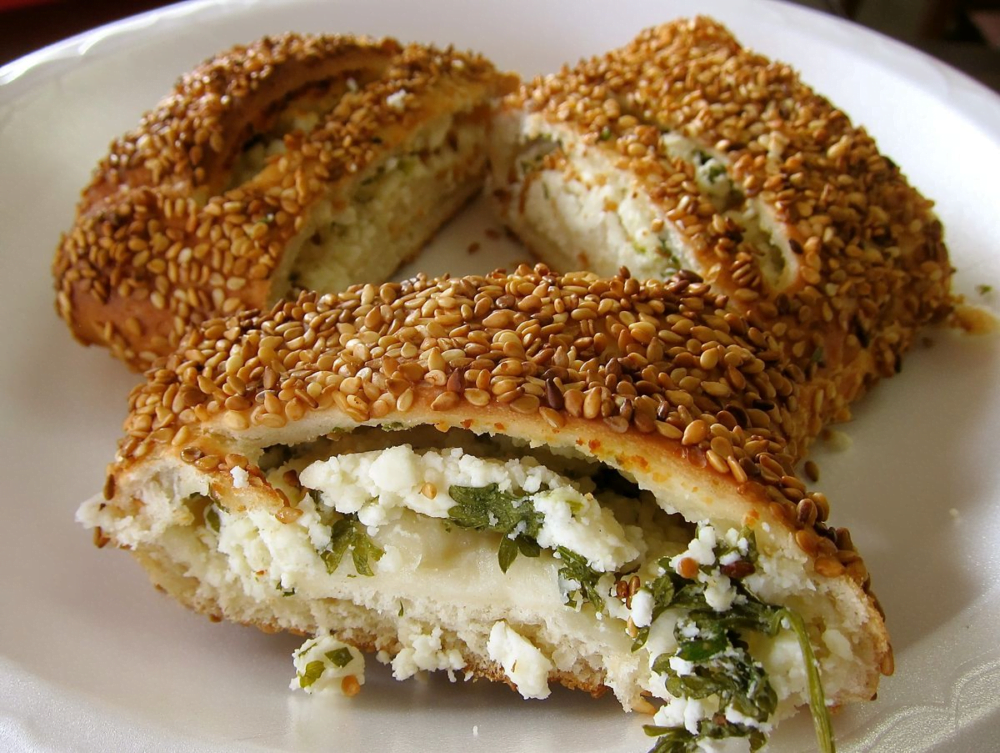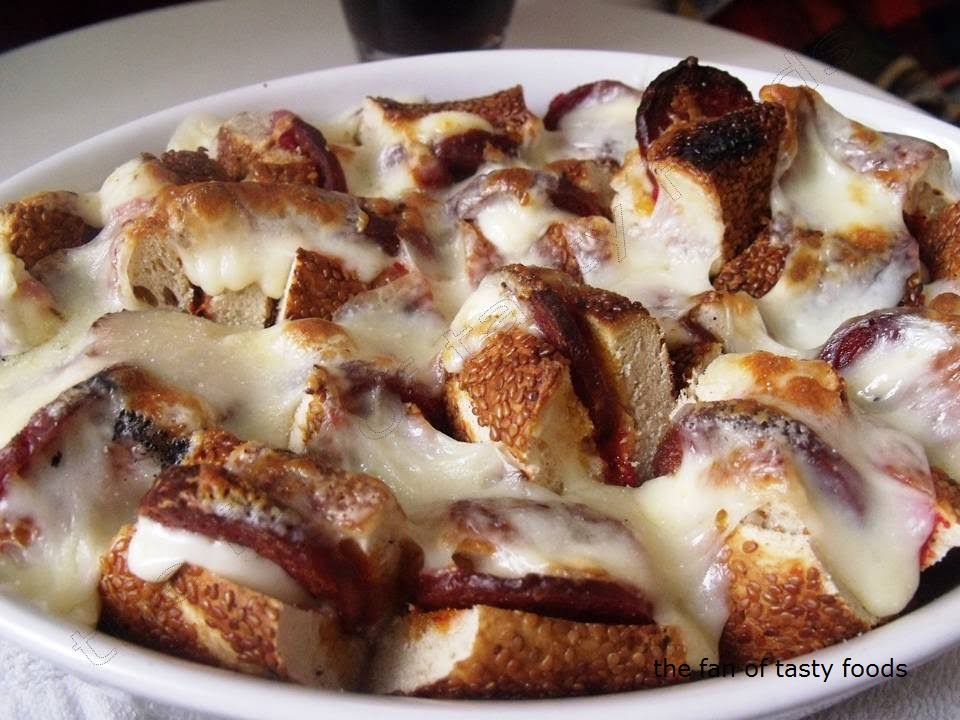You’ll never be out, about and hungry for long in Türkiye. There are plenty of street vendors selling a variety of snack foods, one of which is the simit (bread ring).
Seen all over the country from busy city streets to sleepy villages and bustling tourist areas, the simitci (simit street vendor) displays his chewy bread rings in a glass-topped trolley, on a tray balanced on his head or even strung from his limbs in great hoops.


Meet the Simit
The simit is a bread ring most typically encrusted with sesame seeds, or less commonly, poppy, flax or sunflower seeds. The bread is dipped into a blend of pekmez (grape molasses) and water to colour it deep brown and add a hint of sweetness.
It is one of the most traditional, delicious street foods in Türkiye.
Its history dates back to the Anatolian era of the Ottoman Empire in the 1400s.
Is it the same as a bagel?
Although similar in appearance, simit aren’t cooked like bagels — there’s no boiling step. Simit is baked, not boiled, making it less chewy than a bagel. The dough is dipped twice in molasses during the cooking process, giving it a crunchy texture and golden color. It is also thinner than a bagel and has about half the calories.
There are many ways to enjoy simit
They are generally served plain, or for breakfast with tea, fruit preserves, cheese or eggs. It’s common to tear off pieces and dip them in cream cheese and you can often buy a cream cheese triangle from the simitci.
Drinking tea (çay) with simit is traditional.

For breakfast with sucuk, cheese and egg.

One possibility is stuffed simit, a sesame-coated bread filled with feta, mozzarella or olives.

Or a simple sandwich.

Or even a simit kebab.

Make your own
If you fancy having a go at making simit yourself click here for a recipe from Ozlem’s Turkish Table
Once you’ve eaten a fresh simit it’ll be impossible not to make it part of your daily routine.
Afiyet Olsun!
This article was first published on 31 May 2019.








